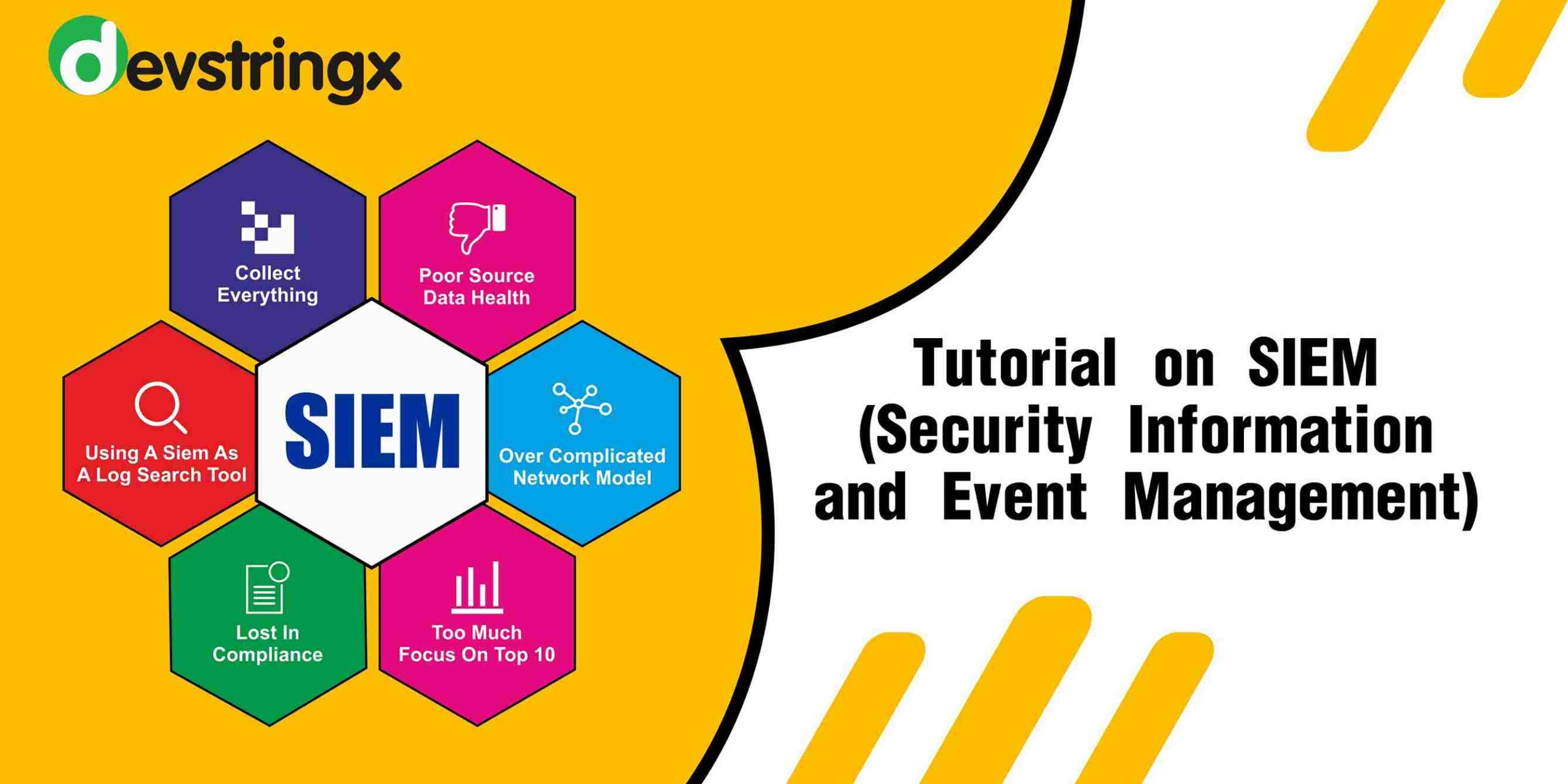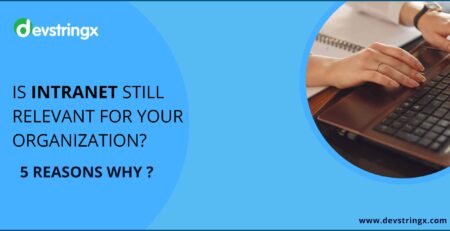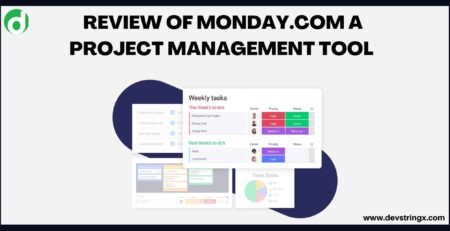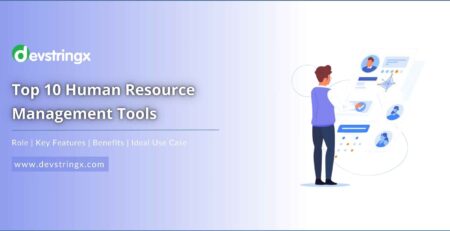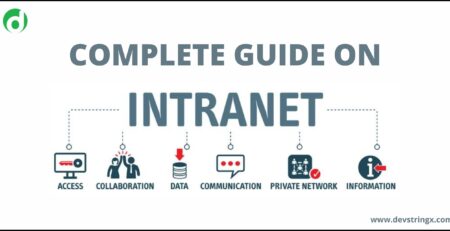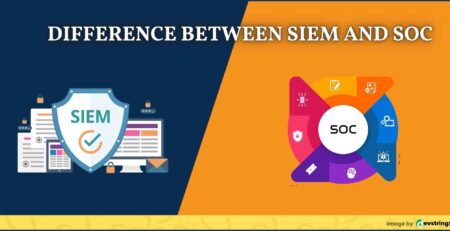What Is SIEM? Importance, Uses, Components, and Capabilities | Devstringx
Did you know that only 21.9% of companies that employ SIEM actually take advantage of it?
Despite being an approximately $2 billion company, most companies fail to use this tool efficiently. The main reason behind this failure is that they do not understand SIEM.
What Is SIEM?
Security threats are real!
Rapid technological advancement has made threats and vulnerabilities immune to traditional security methods. Therefore, new tools are needed and SIEM is one of those tools.
A combination of two important tools which are a security event management system and a security information management system makes Security information and event management systems.
The tool analyses and aggregates activities from various devices in your whole technological infrastructure.
It also offers you real-time monitoring and analysis of the activities and even logs the data for further auditing and compliance.
In simpler words, a SIEM [Security Information and Event Management] system is a security system to assist the organization to detect threats before they can disrupt the operations of the business.
Definition of SIEM
- What is SIEM?
- What does it do?
- Why is it required?
- How is it different from other security systems?
These are some basic questions that come to everyone’s mind. We have provided you with a glimpse of what SIEM is.
Here, let’s learn the exact definition of SIEM.
SIEM is an approach to combining the functions of both Security event management and security information management into a single security system.
Over the past few years now, SIEM has evolved and become more than just a log management tool.
Thanks to machine learning and AI, SIEM offers entity behavior analytics. The tool is a high data orchestration system to manage ever-evolving threats.
Why Is It Important?
Intelligent security analytics and centralized visibility to investigate, respond and detect your cybersecurity menaces!!
The need for SIEM [Security Information and Event Management] has grown exponentially over the last few years. But what has resulted in increased demand for SIEM?
Here are some reasons why every company must implement a SIEM.
- Zero-day Threat Detection
You can’t deny vulnerabilities and the presence of attack factors. IDS/IPS, firewall always detects and finds vulnerabilities and malicious activities at every stage of the infrastructure. However, zero-day threat detection capabilities are still missing in this software.
Fortunately, SIEM is there for the rescue!
SIEM can detect an activity concerned with the malicious attack rather than the attack itself. A company can choose to configure SIEM to look for activities surrounding such attacks.
- Forensics
If you are thinking that SIEM is useful only for IT companies, you are mistaken here!
The tool is the need of the hour for all companies. The forensics process is a long process and logging activities frequently is a part and requirement of the process.
The data needs to be logged in a way that is admissible in the law court. SIEM automates and makes this process fast by storing all the data in an admissible manner. Correlating data is made easier with SIEM.
- Advanced Persistent Threats
Advanced persistent threats are all over the news and now need no introduction!
As per experts, these threats were the sole reason behind high-profile breaches. The advanced persistent threats focus and target a specific piece of information. It uses different methods or vectors including both advanced and basic ones.
Organizations in response implement different in-depth strategies like two-factor authentication, firewalls, IDS, network segmentation, and more. However, an organization can’t access multiple dashboards at the same time and correlate data.
So, why not go for the automated process? SIEM brings all the controls to a single place
- Operations Support
Organizations have become more complex these days and have a lot of IT personnel involved. The operations are shared and spilt between different people. Everyone operates on their systems and machines.
Therefore, it becomes difficult to correlate data on different devices manually. In that case, SIEM can be used to correlate the data. The tool makes cross-team collaboration easier.
- Compliance
Following rules and regulations is a must! Every organization is bound to certain regulations and following all the rules and regulations is a difficult task for everyone.
Security Information and Event Management addresses this compliance well both indirectly and directly.
Virtually, all the regulatory bodies require information logs to maintain the flow of their audits. Therefore, SIEM is configured to log activities in an admissible and understandable format.
How Does SIEM Work?
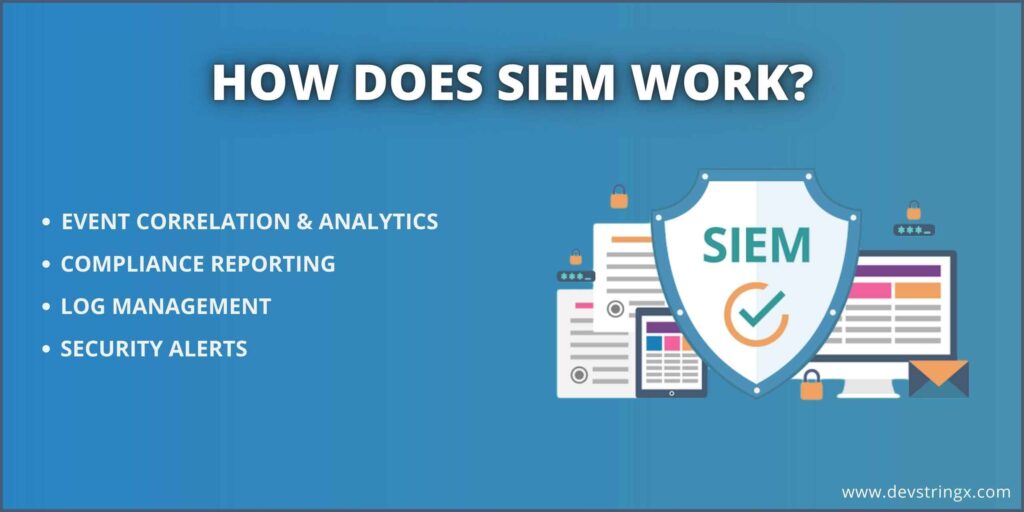 So, by now we have understood what SIEM is and why a company must implement a SIEM system.
So, by now we have understood what SIEM is and why a company must implement a SIEM system.
Let’s get started with the working of SIEM [Security Information and Event Management]
The main purpose of SIEM is to aggregate data, consolidate the data, sort it to detect any threats, and also comply with the requirements. However, some solutions may have different capabilities. But most SIEM systems perform the following basic functions:
- Event Correlation And Analytics
Checking all the data and correlating it manually to detect any threats is surely a lot of work. But, you don’t need to worry about it.
This whole process is automated with SIEM!
Event correlation is one of the primary functions of SIEM. It employs advanced analytics to understand and analyze data patterns and detect potential threats.
Moreover, a SIEM improves the mean time to respond and the mean time to detect by decreasing manual interruptions in the process.
- Compliance Reporting
Compliance reporting and management is another major function of SIEM. SIEM automatically collects and analyzes data which makes it a valuable tool for verifying compliance.
It also generates compliance reports as per the compliance standards. This also reduces the number of security violations by addressing them early.
- Security Alerts
Identifying all the IT entities becomes easier with SIEM. As the tool offers cloud-based and on-premises, SIEM successfully identifies all the elements of the infrastructure.
Because of this, it will identify all the incidents across the connected devices, applications, and users. It will then classify the abnormal behavior which may have occurred in the network.
- Log Management
SIEM aggregates data from various sources available in an organization. It captures logs from users, assets, applications, and networks and is then analyzed in real time. This gives IT teams time and hands-on analyzing and managing their network’s event log.
So, this is how SIEM works. Most people may get confused between SIEM and SOC and may assume both things are the same.
However, both things are correlated. If you are not aware of it, go through the next section to know in detail.
Uses and Capabilities of SIEM
At the beginning of this post, we mentioned that only 21% of companies can take advantage of SIEM. This is mainly due to incomplete knowledge.
Therefore, we have listed all the uses of Security information and event management so that next time you implement SIEM in your firm, you can make the best out of it.
- Detects Internal And External Threats
Your business can have threats from both internal and external sources. There are times when your firewall or any other software may not be able to identify internal threats. Therefore, implementing SIEM is of utmost importance. It will analyze logs from your email and proxy servers to identify phishing attacks.
- Compliance Management
Did you know that managing compliance can reduce up to 90% of on-site auditors?
Managing compliance is one of the most important features of a SIEM. For avoiding violations, it is mandatory to analyze them earlier and reduce the burden for the future. Compliance is to the spirit of the law and is not only a basic checkpoint of the process.
- Support Incident Response
Every forensic result revolves around questions like How, when, where, and who for deriving the required conclusion.
SIEM technology’s automated data aggregation process is considered the best for all regulatory standards. A weakened system and reporting standards have been noticed because of the absence of the SIEM system.
- Correlating Activities
Correlating activities from different sources manually is a daunting task. Well, this process can be sorted with the help of SIEM. The system uses different sources to correlate their data in a single place and analyze the activities.
It allows you to correlate data over different networks which makes it easy for you to detect and analyze any abnormalities in the working of the system.
- Monitor Privilege Users
Security information and event management systems use different network devices, application logs, and computers to develop the log of activities across the network. It focuses more on the users with higher privileges.
- Monitor Server And Database
A business’s repositories and files contain a lot of confidential information. This information is the target of most hackers. SIEM monitors database access and server access. Because of this security of your business is improved.
Recommended to Read- Complete Guide On Intranet
Components of SIEM
- Are you wondering what this SIEM system consists of?
- What features of the system you can use for your benefit?
If yes, let’s understand the architecture of a SIEM system.
SIEM architecture consists of seven important components. These components are available in all SIEM systems even if you get them customized. Check out all the components below:
- Log Management
Begin with the very important component of SIEM: log management.
This feature stores and logs all the activities of the operating system. Within SIEM, the log will collect all the data from network devices and installed devices. This also includes storing security protocols.
- Alerts
Another feature of the Security information and event management system is Alerts. Issues that need immediate attention are then forwarded to the organization after analyzing the events.
- Storage
SIEM stores the data which is required for further investigation of the alerts. This data includes metrics and historical data.
- Parsing
SIEM interprets the given data based on categories in which the devices are divided. This includes information like data elements and the data generated from a particular device.
- Correlating Data
Next, SIEM gathers data from multiple sources. Data collected from multiple sources need proper presentation and structured format. SIEM structures the data in the correct format.
By correlating the data, it becomes easy for you to access information like connected users, devices in use, and generated errors.
- Real-Time Monitoring
SIEM monitors real-time activities on your system. It gives you real-time alerts to handle security breaches in real-time. Because of this, it will make it easier for you to eliminate threats earlier.
- Incident Response
What will happen if there is a data breach on your system?
Luckily, SIEM can also help you with the same. The system takes all the relevant information into existence and tackles all the threats.
- Dashboards
With the help of the dashboards in SIEM, it becomes easier for all analysts to analyze the changing trends of data. All the abnormalities can be detected with the help of the dashboards.
- Automation
SIEM automates the process of fighting back against the threat. It follows the SOAR model. The tool can automatically respond to the threat without relying on the security analyst.
- Reporting
The reporting feature of SIEM generates multiple reports for the managers and administration. These reports are generated to prevent any kind of confusion related to the work and give a detailed analysis of the workflow.
How to Implement SIEM?
Till now we have talked a lot about what SIEM is, how it works and what are its components. The main question arises when it comes to implementation.
Your money matters!!
Therefore, it is a better option to understand how to implement SIEM after or before investing in the SIEM system. If you are new to the system, we have listed best practices to implement SIEM.
- To start with, understand the scope of the implementation of SIEM in your organization. Define the benefits associated with the implementation in the context of your business.
- You need to then apply and define all the data correlation rules across all the networks and systems in your IT infrastructure.
- Next, revise and check all the data compliance standards of your firm. Make sure that the SIEM system you choose adheres to the compliance standards and alerts you when those standards are not followed.
- Also, classify all the digital assets present in your organization. This will help the SIEM to aggregate and log data from all the devices in the infrastructure.
- Create different policies including IT configurations, and bring your device policies and limitations that need to be monitored while integrating SIEM.
- After implementing SIEM, you need to tune it regularly. This will help you to reduce false positives in your alerts.
- You will also need to document all incident response workflows and plans. This requires making sure that your team responds to security incidents quickly.
- Try to automate the process wherever it is possible. Use SOAR capabilities and artificial intelligence to automate the process.
- Lastly, you will have to analyze the possibility of investing in the Managed security service provider to feasibly manage the deployment. It is a better option to choose MSSP to manage the regular functionality of your SIEM System as per the requirements of your company.

